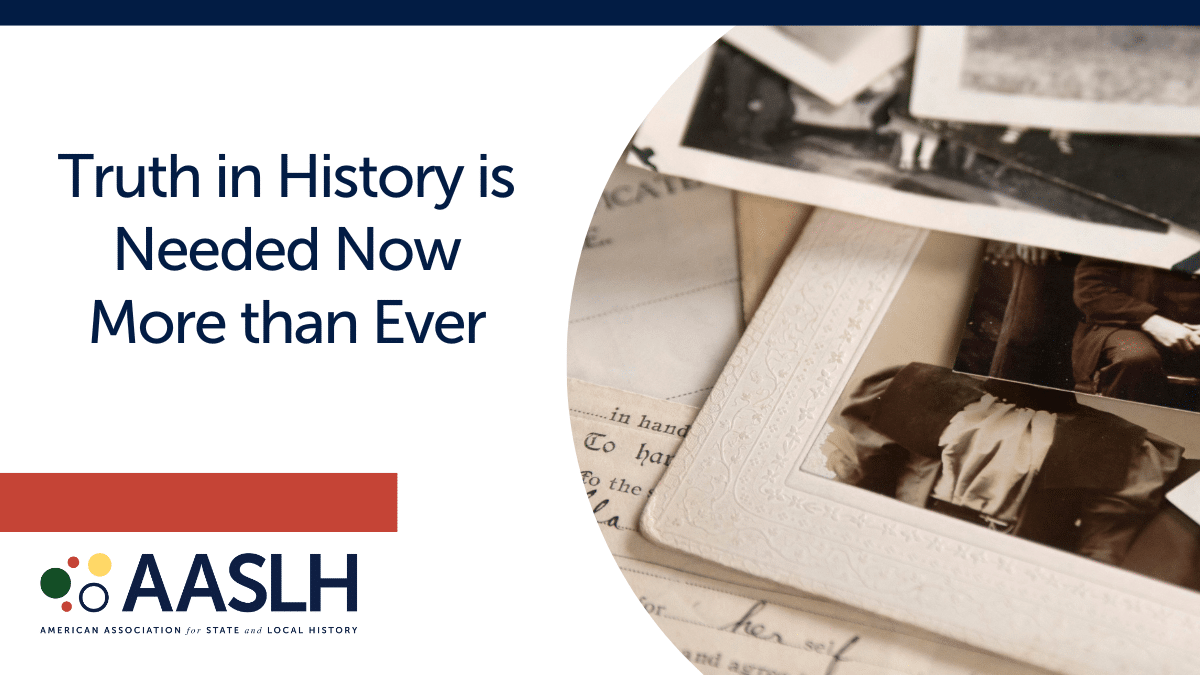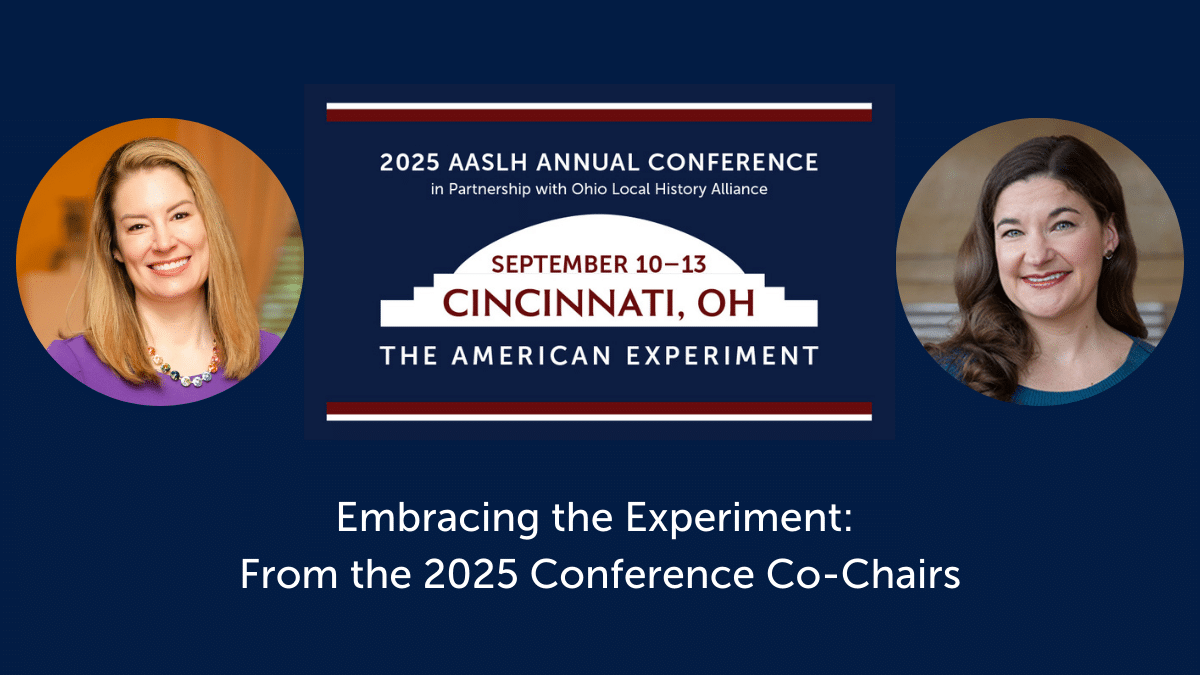
By Kelli Thomerson, Roanoke Visitor Center and Museum, Roanoke, TX
Some people may think a small museum is amateur, but at the Roanoke Visitor Center and Museum in Roanoke, Texas, we take pride in being as professional as we can be. Last year our museum, which is located just north of Fort Worth, received a federal grant from the Institute of Museum and Library Services to replace the lighting. We completed installation earlier this year, and now the lighting is more conducive to the protection of the artifacts and also improves the experience for our visitors.
Our museum is housed in a hand-hewn stone structure built in 1886. It was originally the local saloon and brothel and is the oldest business building in Roanoke. The original lighting was a mixture of brands and was meant more for general office use. When the museum opened after renovations in 2008, there were no artifacts on exhibit and only one cabinet with photos. There were no employees with professional museum experience, and the original lights were halogen. Over the years, the lights were replaced with LEDs, but the cans were surface-mounted on a recessed ceiling and didn’t reach below the lower ceiling level, which impeded the light reaching the display cases on one side of the space. Some of the displays were well-lit, while others were in shadow.
We knew things weren’t right with the lighting, and we changed the bulbs way too often. Finally, we had a conservator perform an assessment in 2015, and she agreed that the lighting was harming our textiles. After reading her assessment, we decided to focus on finding grant money to pay for new lighting, since a few of her other recommendations involved more structural work that would not be covered by grants. The conservation assessment was an excellent investment on our part, and we highly recommend every museum of any size have it done (we found ours at www.culturalheritage.org/membership/find-a-conservator). It reinforced many of our policies and helped us focus on ways to improve our museum. For example, we didn’t have an emergency plan in place, and now we have a written plan and a well-stocked emergency kit.

We immediately began to apply for several federal grants. Most the grant readers give feedback on applications, and we followed their recommendations to improve our chances each year. We finally received the grant in 2018. Working with a recommendation from a museum installation specialist, we contracted with Alfred Walker of Lighting by Design in Fort Worth. We decided to install a Juno T261L LED fixture and track system with a variety of optics that offer full beam lighting control. For our most sensitive artifacts, a dimmer was installed to help control the light intensity. For the cases, we used a ten-inch pendant mount track (lowering the track heads) which corrected the beam angle needed to light the display cases. We also replaced and added dimmers to canned lights that were never used before because they were too bright. When lighting works of art, the use of glass optics is necessary to help shape the beam in a more precise beam pattern.
This new system puts out less heat because it uses a lower wattage. Indirect and low lighting spares the objects during display and allows heat to dissipate through the rear of the lights. Light levels before installation ranged from 5 to 180 foot candles. Afterward, readings ranged from 15 to 18 foot candles. Also, visitors now can see the displays and read the captions with less strain. This indirect and low lighting requires less adjustment of the eye from areas of intense light to those of relative darkness.
The Roanoke Visitors Center and Museum is dedicated to preserving the history of the City of Roanoke, a once-small town in North Central Texas that is now growing at a substantial rate. Many visitors compliment us on how nice our museum is, even though it’s only one large room. The conservation assessment and the IMLS grant helped us achieve our goal of protecting the beloved artifacts donated by local families and showcasing our history to visitors from around the world.
This project was made possible in part by the Institute of Museum and Library Services. The Institute of Museum and Library Services is the primary source of federal support for the nation’s libraries and museums. They advance, support, and empower America’s museums, libraries, and related organizations through grantmaking, research, and policy development. Their vision is a nation where museums and libraries work together to transform the lives of individuals and communities. To learn more, visit www.imls.gov and follow them on Facebook and Twitter.



